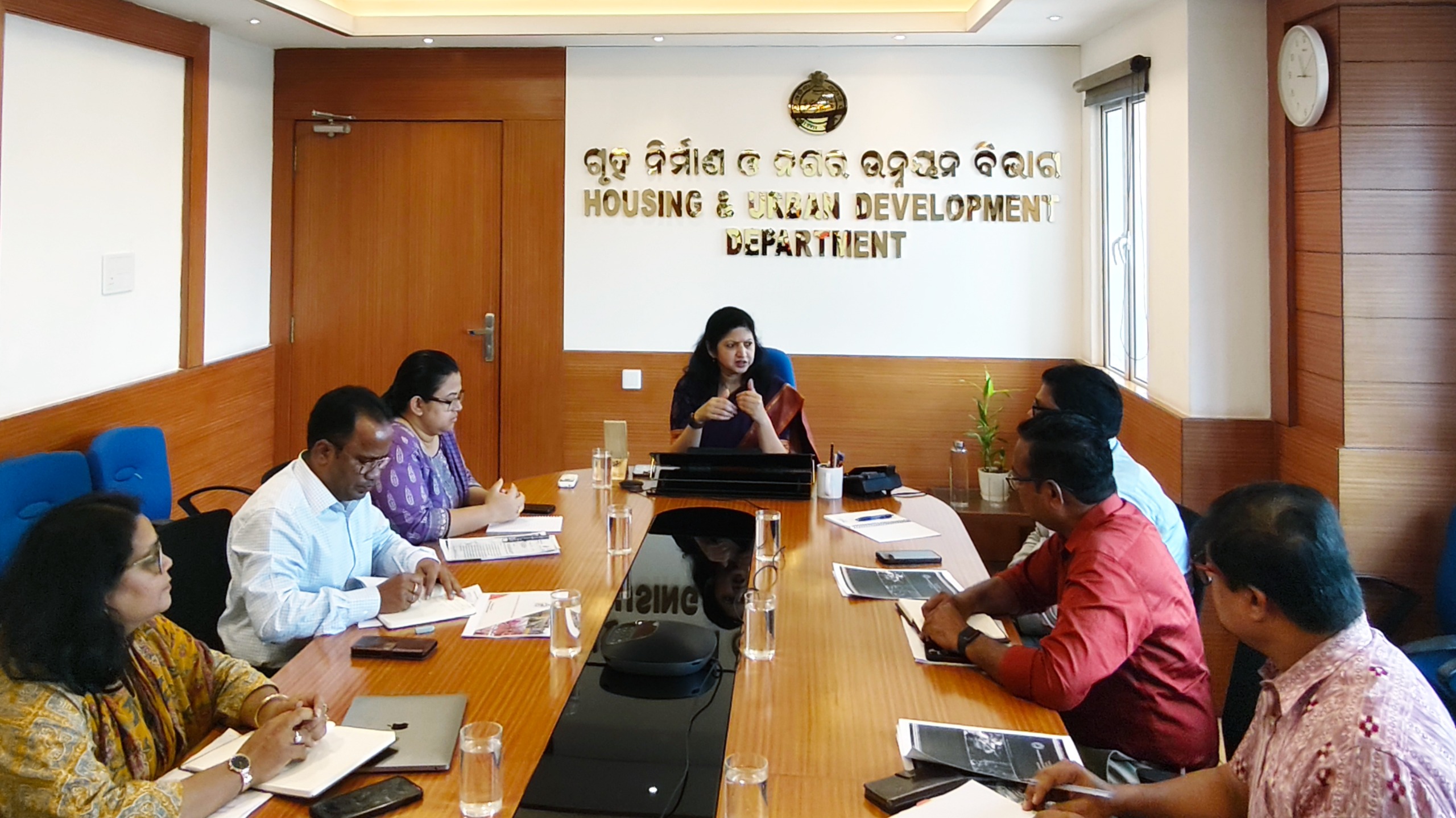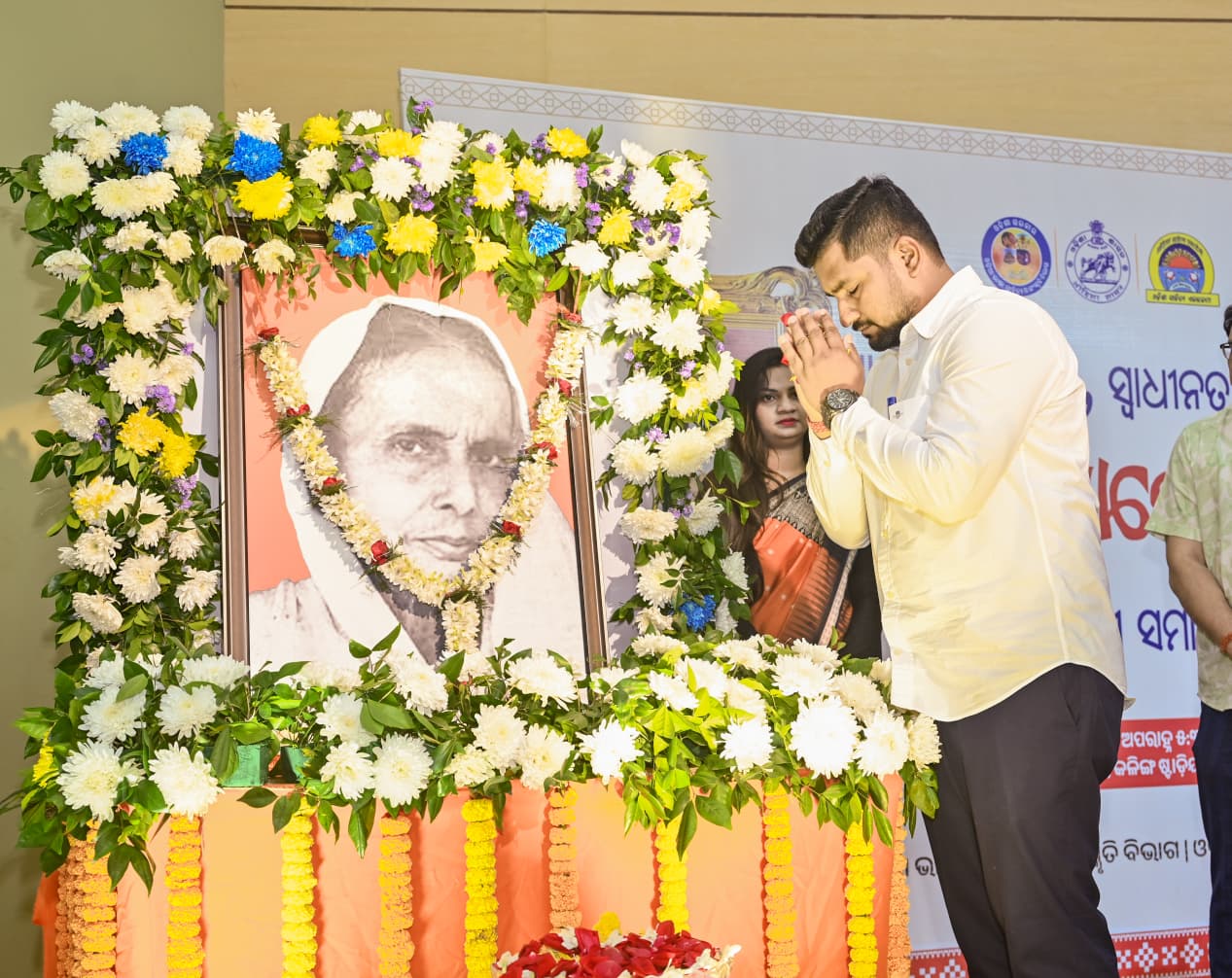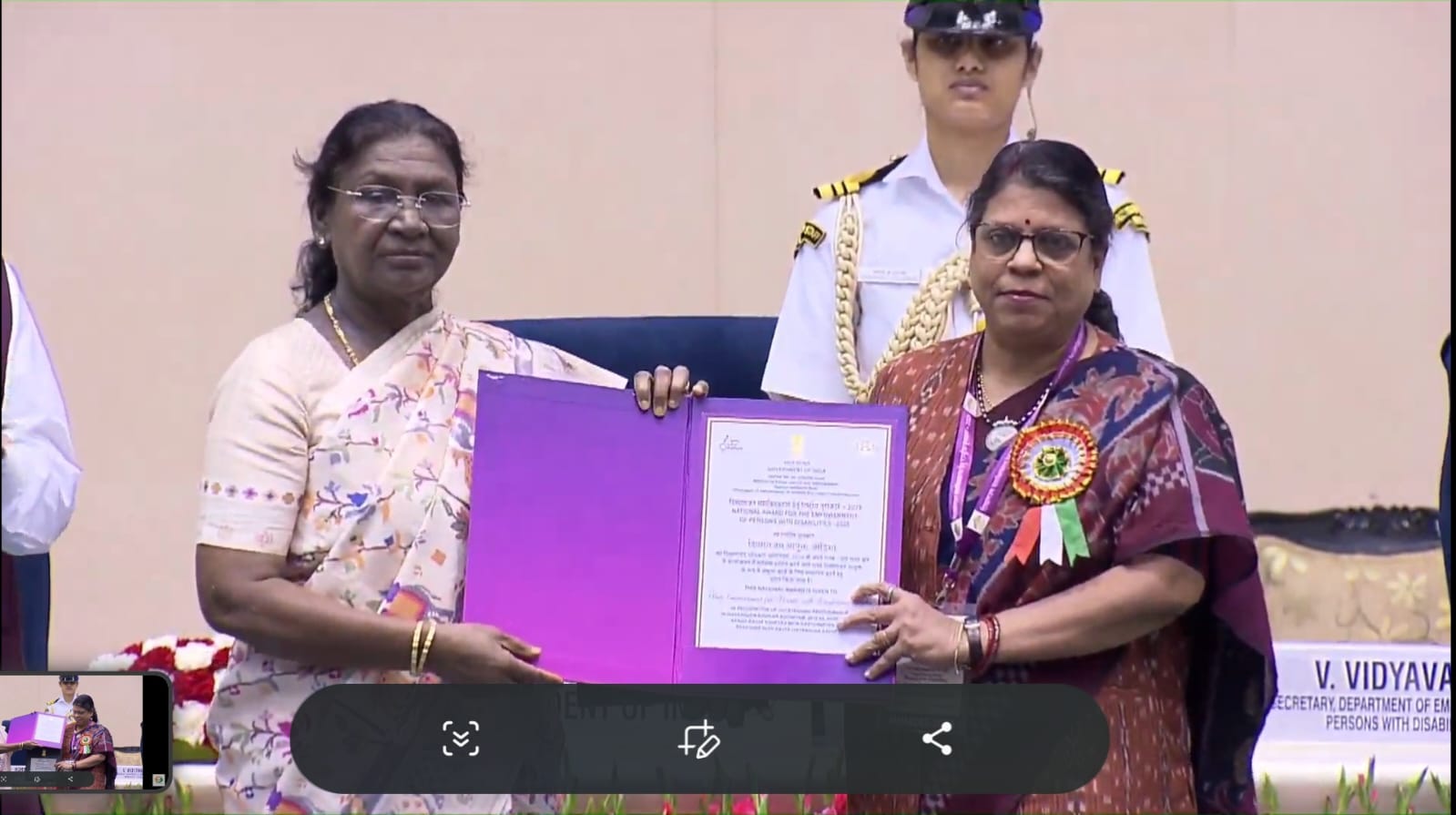Bhubaneswar: The International Symposium on Shree Anna and Forgotten Foods, inaugurated by Odisha’s Chief Minister at the Convention Centre in Lokseva Bhawan, kicked off with dynamic discussions on reviving neglected and underutilized crops (NUS) and enhancing their market potential. This two-day event brought together global and national experts to explore the nutritional and economic promise of forgotten foods, drawing attention to the challenges and opportunities for Odisha’s agrobiodiversity and food industry.
The symposium’s first session, titled Global Status & Challenges of Forgotten Foods/Neglected Crops, highlighted recent global developments in NUS crops. Dr. Arshiya Noorani, Agriculture Officer at the FAO, addressed the virtual audience on the progress in neglected species worldwide, while Dr. Sunil Archak of the NBPGR underscored the extensive diversity of NUS crops in India. Dr. Dayanidhi Mishra, Director of PME at OUAT, focused on Odisha’s rich agrobiodiversity, noting the potential for NUS crops within the state’s unique ecosystems. Dr. K. S. Varaprasad, Senior Consultant for APAARI/GFAR, shared insights from global consultations aiming to establish a Global Manifesto on Forgotten Foods. The session concluded with an open discussion led by Dr. Soumya Swaminathan, Chairperson of MSSRF, who provided closing remarks.
The second session, Processing and Value Addition of Neglected Crops, centered on enhancing the market value of these crops through innovative processing methods. Dr. Nihar Ranjan Sahoo from OUAT’s AICRP emphasized the significance of processing in reviving neglected crops. Sandeep Bhujel from SRIJAN, Maharashtra, presented successful marketing strategies for custard apple, while Dr. Kartik Charan Lenka of MSSRF highlighted the role of neglected crops in bolstering nutritional security. Dr. K. Laxminarayan of CTCRI and Dr. Vincent Hema from NIFTEM-T showcased their research on nutrient-rich products from arrowroot and other neglected crops, demonstrating how processing can unlock new opportunities. Progressive farmers Damuni Hantal and Jhululata Pradhan shared practical insights from their own work in processing and value addition, adding a hands-on perspective to the discussions.
The third session, Export-Oriented Industry Engagement for Millets, focused on expanding millet exports from Odisha. Abhipsha Priyadarshini from the Directorate of Agriculture & Food Production, Odisha, set the stage with an opening address on the state’s millet export potential. Key speakers included Hemant Sharma, IAS, Principal Secretary of the MSME Department, who discussed export avenues for MSMEs in Odisha’s food sector, and Prem Chandra Chaudhary, IAS, Director of Agriculture & Food Production, who highlighted entrepreneurship opportunities within the millet industry. Bibhuti Bhusana Dash, IOFS, Special Secretary to the MSME Department, provided insights into the export facilitation process, and S.K. Mandal, Regional Director of APEDA, outlined export standards and challenges in international markets. Industry representatives, including Anwesha Rout, Secretary of the Women’s Wing at OASME, called for improved processing facilities and infrastructure to meet export demands. Success stories from Nudgetech Solution Pvt. Ltd. and JKM Enterprises Global served as motivating examples of innovation in millet processing and exports.
The symposium showcased Odisha’s commitment to advancing its agricultural heritage and leveraging its diverse crop ecosystem. By focusing on the global and local potential of forgotten foods and millets, the event underscored the crucial role these crops play in improving nutritional security and supporting sustainable economic growth in India.





